In-flight experience of the Mars Science Laboratory Guidance, Navigation, and Control system for Entry, Descent, and Landing
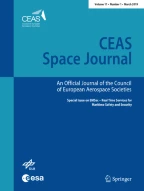
The Mars Science Laboratory (MSL) project successfully landed the rover Curiosity in Gale crater in August 5, 2012, thus demonstrating and validating a series of technical innovations and advances which resulted in a quantum leap in Entry, Descent, and Landing (EDL) performance relative to previous missions. These included the first use at Mars of Entry Guidance to reduce the size of the landing ellipse and the first use of the SkyCrane landing architecture to enable the placement of a 1 ton class rover on the surface of the red planet. Both of these advances required innovations in the design, analysis and testing of the Guidance, Navigation, and Control system. This paper will start with a high-level description of the MSL EDL/GN&C system design and performance requirements, followed by a brief discussion of the risks and uncertainties as they were understood prior to landing, and the actual in-flight GN&C performance as reconstructed from telemetry. Finally, this paper will address areas of improvements for future Mars EDL missions.
This is a preview of subscription content, log in via an institution to check access.
Access this article
Subscribe and save
Springer+ Basic
€32.70 /Month
- Get 10 units per month
- Download Article/Chapter or eBook
- 1 Unit = 1 Article or 1 Chapter
- Cancel anytime
Buy Now
Price includes VAT (France)
Instant access to the full article PDF.
Rent this article via DeepDyve
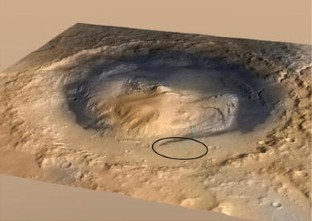
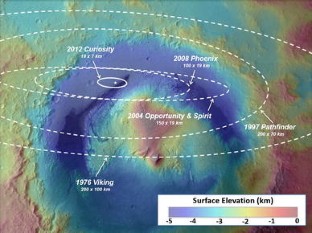
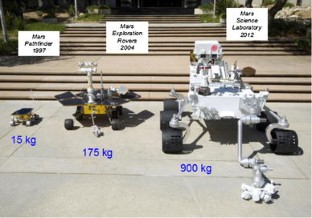
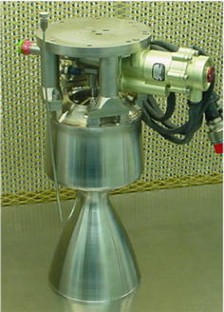
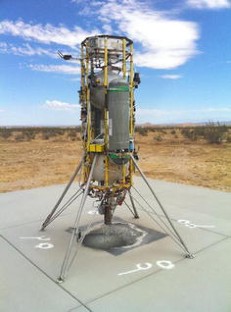
Similar content being viewed by others

A Review on Autonomous Guided Precision Landing on Planetary Bodies: A Case Study on Mars and Titan Missions
Chapter © 2023
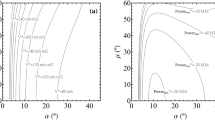
Dynamic guidance of orbiter gliders: alignment, final approach, and landing
Article 03 October 2018

Mission overview and key technologies of the first Mars probe of China
Article 18 April 2017
References
- Steltzner, A.D., San Martin, A.M., Rivellini, T.P., Chen, A.: Mars science laboratory entry, descent, and landing system overview and preliminary flight performance results. AAS 13-236, AIAA/AAS Space Flight Mechanics Meeting, Lihue, HI (2013)
- San Martin, A.M., Lee, S.W., Wong, E.C.: The Development of the MSL Guidance, Navigation, and Control System for Entry, Descent, and Landing. AAS-13-238, AIAA/AAS Space Flight Mechanics Meeting, Lihue, HI (2013)
- Mendeck, G.F., McGrew, L.C., AAS-13-419: Post-flight EDL entry guidance performance of the 2011 Mars science laboratory mission. AAS/AIAA Space Flight Mechanics Meeting, Kauai, HI (2013)
- Chen, A., Beck, R., Brugarolas, P., et al.: Entry system design and performance summary for the Mars science laboratory mission. AAS 13-422, AIAA/AAS Space Flight Mechanics Meeting, Lihue, HI (2013)
- Baker, R., Casillas, A.: MSL Descent Stage integrated propulsion subsystem: development and flight performance. AAS 13-462, AIAA/AAS Space Flight Mechanics Meeting, Lihue, HI (2013)
- Brugarolas, P.B., San Martin, A.M., Wong, E.C.: The entry controller for the Mars science laboratory. AAS/AIAA Space Flight Mechanics Meeting. Kauai, HI (2013)
- Dyakonov, A.A., Schoenenberger, M., Scallion, W.I., Van Norman, J.W., Novak, L.A., Tang, C.Y.: Aerodynamic Interference Due to MSL Reaction Control System. In: 41st AIAA Thermosphysics Conference, San Antonio, Texas, June 2009
- Singh, G., San Martin, A.M., Wong, E.C.: Guidance and control design for powered descent and landing on Mars. IEEE AC paper #1548, Version 2, Updated 11 Dec 2006
- Sell, S., Chen, A., Davis, J., San Martin, A.M., Serricchio, F., Singh, G.: Powered flight design and reconstructed performance summary for the Mars science laboratory mission. AAS/AIAA Space Flight Mechanics Meeting. Kauai, HI (2013)
- Way, D., Davis, J., Shidner, J.: Assessment of the Mars science laboratory entry, descent, and landing simulation. AAS 13-420, AIAA/AAS Space Flight Mechanics Meeting, Lihue, HI (2013)
- Way, D.: Preliminary assessment of the Mars Science Laboratory entry, descent, and landing Simulation. IEEE-2013-2755, IEEE Aerospace Conference, Big Sky, MT, March 2013
- Chen, C., Pollard, B. : Radar terminal descent sensor performance during Mars science laboratory landing. A32641, J Spacecr Rocket (in press)
- Johnson, A., Bergh, C., Cheng, Y., Clouse, D., Gostelow, K., Ishikawa, K., et al.: Design and Ground Test Results for the Lander Vision System. In: AAS 13-042, 36th Annual AAS Guidance and Control Conference, Breckenridge, Colorado, Feb 2013
- Trawny, N., Carson, J.M., Huertas, A., Luna, M.E., Roback, V.E., Johnson, A.E., Martin, K.E., Villalpando, C.Y.: Helicopter Flight Testing of a Real-Time Hazard Detection System for Safe Lunar Landing. In: Proceedings AIAA SPACE 2013 Conference and Exposition, San Diego, California, Sept 2013
- Blackmore, L., Açıkmeşe, B., Scharf, D.P.: Minimum landing error powered descent guidance for Mars landing using convex optimization. J. Guid. Dyn. Control. vol. 33(4), (2010)
- Acikmese, B.B., Ploen, S.R.: A convex programming approach to constrained powered descent guidance for Mars pinpoint landing. J. Guid. Dyn. Control. vol. 30(5), (2007)
- Scharf, D.P., Regehr, M.W., Dueri, D., Acikmese, B., Vaughan, G.M., Benito, J., Ansari, H., Aung, M., Johnson, A., Masten, D., Nietfeld, S., Casoliva, J., Mohan, S.: ADAPT Demonstrations of Onboard Large-Divert Guidance with a VTVL Rocket. In: IEEE Aerospace Conf., 2014
Acknowledgments
The authors would like to thank Adam Steltzner (JPL), David Way (LaRC), Jody Davis (LaRC), Lynn McGrew (JSC), Allen Chen (JPL), Steve Sell (JPL), Devin Kipp (JPL), and Ray Baker (JPL) for providing materials and consultation for this paper, as well as to the rest of the MSL EDL team that were an integral and essential part of the success of Curiosity’s landing.
The work was performed at the Jet Propulsion Laboratory, California Institute of Technology, under contract with the National Aeronautics and Space Administration. © 2014 California Institute of Technology. Government sponsorship acknowledged.
Author information
Authors and Affiliations
- Jet Propulsion Laboratory, California Institute of Technology, Pasadena, CA, 91109, USA Miguel San Martin, Paul B. Brugarolas, Gurkirpal Singh, Frederick Serricchio, Steven W. Lee, Edward C. Wong & John C. Essmiller
- NASA Johnson Space Center, Houston, TX, 77058, USA Gavin F. Mendeck
- Miguel San Martin








